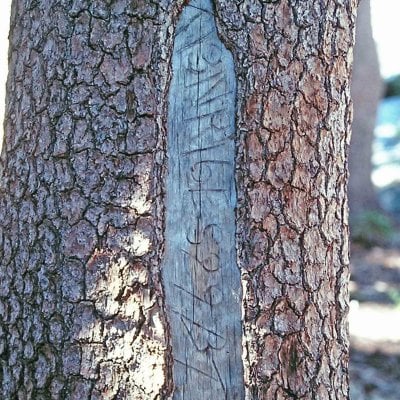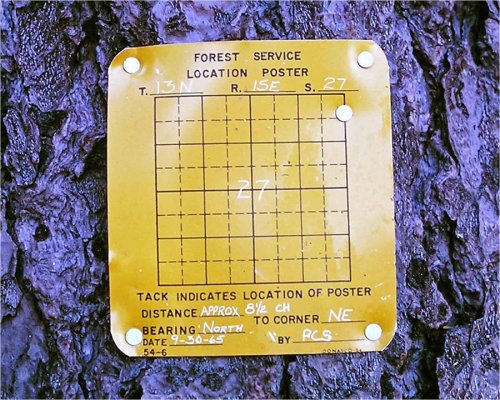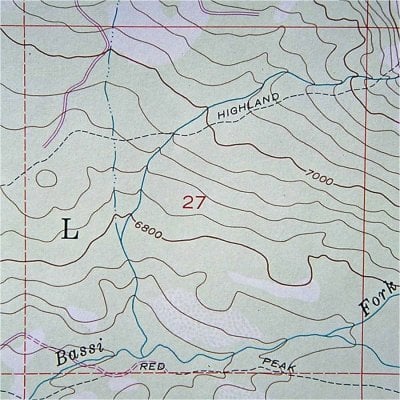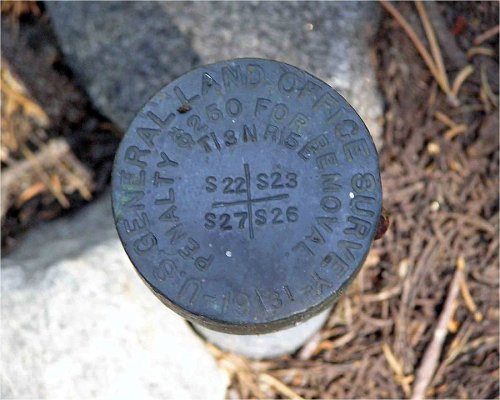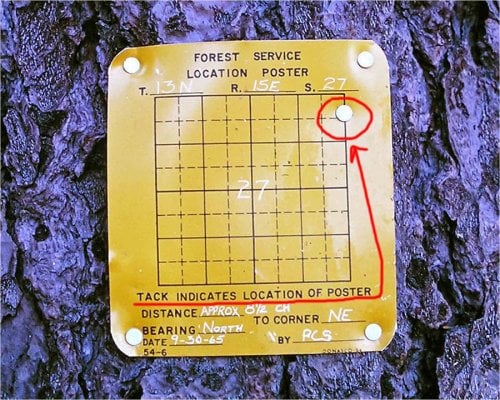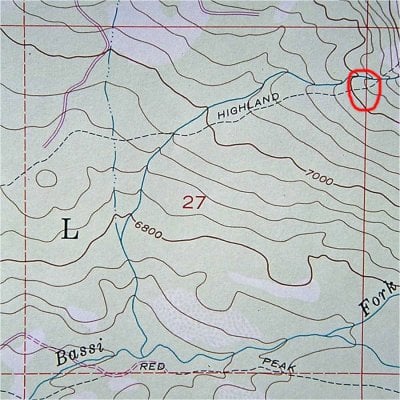HERR42
01110010110101
an article...
http://www.powerset....d+Survey+System
hey DD,
you had access to a GIS guy? maybe he has some BETTER articles on the subject....maybe with decent pics of the locator tags and a professional discussion of the methodology of using the k tags, history, etc.
wouldnt an "industry" guy know some good scoop?
i have used these for years and years and years. i think the population is declining...sometimes it does not look good for k-tags. but then, you spot a brand new one. probably with a bullet hole.
whenever i am in a national forest i am always on the lookout for these tags....just for the fun of it. i have had to use them a number of times. when you need them they sure are handy, and still are a good way to corroborate gps.....a second opinion can help.
http://www.powerset....d+Survey+System
hey DD,
you had access to a GIS guy? maybe he has some BETTER articles on the subject....maybe with decent pics of the locator tags and a professional discussion of the methodology of using the k tags, history, etc.
wouldnt an "industry" guy know some good scoop?
i have used these for years and years and years. i think the population is declining...sometimes it does not look good for k-tags. but then, you spot a brand new one. probably with a bullet hole.
whenever i am in a national forest i am always on the lookout for these tags....just for the fun of it. i have had to use them a number of times. when you need them they sure are handy, and still are a good way to corroborate gps.....a second opinion can help.

